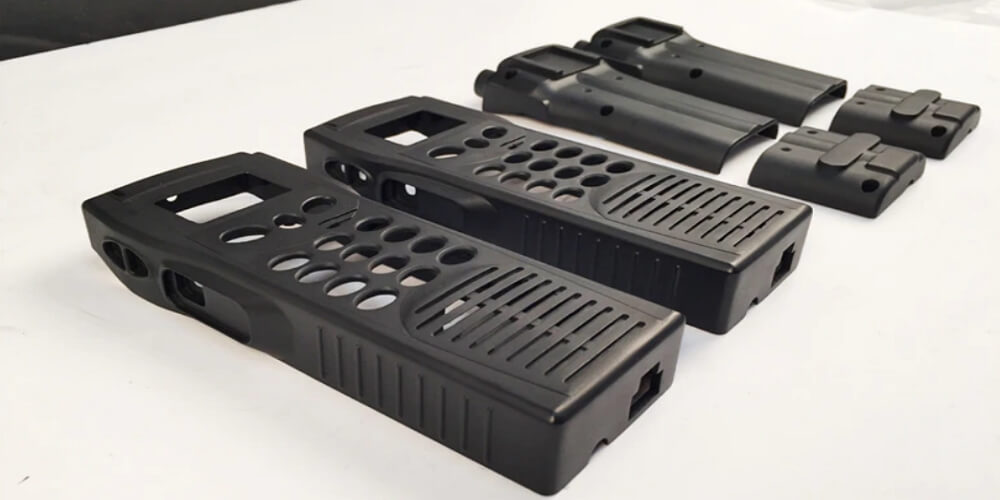Urethane casting is regarded to be an innovative manufacturing technique that produces rigid and flexible plastic products and parts. It is quite popular because it is cheaper than other manufacturing processes such as injection molding. That explains why it is widely used in low-volume production and prototyping.
Urethane casting starts with creating a master pattern. This can be done by CNC machining or 3D printing. After this, the pattern is added into a mold box that is filled with the liquid silicone and left to cure overnight. The master pattern is then made by cutting the block into two. The parts are then reassembled and filled with the urethane casting resin.
Urethane Casting Advantages
Since urethane casting makes it possible to make accurate replicas of your master pattern, this process has a lot of applications. Also, you can make parts with features or joints that overlap and those with designs or letters. The process results in the addition of the ribs that increase the rigidity and strength of the casted parts. Thus, products made through this process are stronger than those made of 3D printing.
The truth is that a wide range of materials can be used in urethane casting. That makes it possible to make both rigid and flexible parts. Also, materials can be blended to produce unique colors. In fact, turnaround time is quicker than the case for urethane casting. Unlike injection molding, this process is less labor-intensive and takes a few weeks to get products to the market.
Urethane Casting Applications
Prototyping
Usually, urethane casting is used to make prototypes before mass production. That is because the process is quite versatile and cost-effective. You can use this process to make parts in different sizes, colors, and materials. Since the process can be used to make a range of prototypes, it makes it easier to incorporate changes and retest the products quickly. This makes urethane casting a perfect method for end-user evaluation and testing of parts.
Low volume Production
This manufacturing technique is used to make low-volume parts because it is precise, flexible, and consistent. These are important factors for producing low-volume products. For instance, soft tooling is quite efficient and effective for making various medical devices and consumer products.
Bridge Tooling
Bridge tooling or rapid tooling is an important process between development and manufacturing. In fact, the retooling process is quite expensive, and, in some situations, it is not possible. As a result, you have to ensure the tool you use works as required before you move into mass production. Therefore, the flexibility of urethane casting makes it possible to make rapid tools quickly and ensures all parts fit the master pattern.
Fine Details
The truth is that urethane casting provides a certain degree of intricacy and complexity to the build. This makes it possible to make parts with small details and varying wall thicknesses and geometries. This helps eliminate the need for extra manufacturing processes that can make the part expensive.
You will find urethane casting to be a top method for manufacturing low-volume parts and making detailed plastic parts and prototypes. In fact, the process is scalable and flexible and can work for a variety of materials.
